Terrace Farming: Know Different Types & Benefits of Terrace Farming
टेबल ऑफ कंटेंट
Terrace farming is one of the many inventive farming approaches that farmers can adopt to cultivate without dealing with hassles like no control over water flow and soil erosion. Not familiar with the concept of Terrace Farming in India? Don’t worry! We have got your back with this post as it throws light on concepts like:
-
What is terrace farming?
-
What are the benefits of terrace farming?
-
What are the downsides of terrace farming?
What is Terrace Farming?
Let’s start the guide by knowing what is terrace farming. First, don’t get confused and refer to farming on terrace or terrace cultivation as the process of growing fruits and vegetables on the terrace of your home or apartment. In the agricultural realm, this means something else.
Terrace Cultivation is an age-old agriculture farming approach of cultivating crops on steep slopes or hilly areas. Mostly, terrace farming is practiced in high altitudes as there are few flat surfaces that farmers can use to sow seeds.
It involves constructing many flat surfaces on mountains or other uneven surfaces. These layers give illusions of staircase steps on mountains. This way, farmers manage to generate viable arable land while maintaining the ecosystem of the surrounding areas. Terrace farming in India is not a new concept. In fact, this agricultural approach has been there since the Mesopotamia civilization as there is evidence of terrace cultivation in the Hanging Gardens of Babylon.
Farmers across the world use this approach. One can see tiered rice paddies in many regions of Southeast Asia. This type of farming is best for crops like herbs, grains, rice, and legumes.
Benefits of Terrace Farming in India
Even though farming at terraces is a labor-intensive job, it’s preferred because it plays a crucial role in minimizing soil erosion and ensuring there is optimal water flow down the hill.
These are not the only benefits of Terrace Cultivation. Many more are there to enjoy such as:
-
Proper use of hill areas
The conventional farming process doesn’t work on hill areas because it causes erosion and landslides. It’s very difficult to keep water on hills because of the slopes as water will run down the hill immediately.
When water is not retained, crops will not be able to gain crucial nutrients. Normal farming on slopes increases the possibility of mudslides when water is logged during the rainy season.
Because of all these reasons, you can’t adopt regular farming in the mountains. But, terrace cultivation ensures that hill areas are also used for crop cultivation.
-
Better land productivity
Terrace farming is practiced in hilly areas so that it prevents soil erosion and increases water retention which improves the productivity of the land.
-
High yield
Terrace cultivation avoids carrying away plants by river water, which is the case with conventional farming. As the crop is protected, farmers will experience a high yield.
Is Terrace Farming Always a Good Deal?
While all these benefits of terrace agriculture sound impressive, it’s not flawless. It comes with certain drawbacks and knowing them is important before you get started with terrace farming models.
-
Be ready to invest a huge deal of labor and time to build a terrace on mountains. It’s not easy to cut mountains. The steep slope is your biggest enemy as you can’t take heavy machines high up on the hills. You may have to rely on manual labor mostly, which consumes extra time.
-
You have to be very precise with terrace formations as they should have appropriate depth so that the right amount of water is stored. Too deep or too shallow a terrace will have an impact on the crops. This is a tricky part.
-
Terrace cultivation demands regular maintenance to ensure that the soil is healthy enough to make a crop sustainable. As there is no flow of water that is important to carry away the dead crops, farmers have to manually get rid of debris and dead crops. All these things make it a high-maintenance farming approach.
How Terrace Farming is Done?
Farmers make a terrace by pushing soil and constructing a wall on the slope. In general, the terrace is 2-3 meters wide and 50-80 meters long and features a water outlet so that extra water is drained easily.
Types Of Terrace Farming Practised in Hilly Areas
Depending upon the shape of the terrace, terrace farming models can be of various kinds. For example, we have steep terrace farming and cross-channeled terrace farming methods.
Here is a list of common terrace cultivation types:
-
Contour farming: Contour farming involves creating terraces along the contour lines of the slope. This terrace farming technique follow the natural curves of the land, effectively reducing water runoff and preventing soil erosion. Contour farming is particularly useful on slopes with a moderate gradient.
-
Bench terracing: Bench terracing, also known as benching or step farming, involves constructing a series of flat platforms or benches across the slope. Each bench is leveled, and a retaining wall may be built to hold the soil in place.
-
Graded terracing: Graded terracing involves creating terraces with a consistent slope or gradient. This terrace farming technique is commonly used in areas with moderate to steep slopes.
-
Raised bed terracing: Raised bed terracing involves constructing raised beds on the terraces. The beds are typically formed by adding organic matter and soil to create a higher planting surface. Raised bed terracing has better drainage, provides better aeration for plant roots, and allows for easier cultivation and harvesting.
-
Stone or rock terracing: In some regions, stone or rock walls are used to construct terraces. The walls act as retaining structures to prevent soil erosion and provide stability to the terraces. Stone or rock terracing is commonly employed in areas with abundant rocks or stones available for construction.
Conclusion
With each day, the world’s population is growing and farmers need solutions that will help them use every bit of agricultural land wisely while causing the least possible harm to the environment. Terrace farming method is one such approach. When done wisely, it can prevent soil erosion, do effective water management, and lead to better crop production.
कैटेगरी
और ब्लॉग पढ़ें
आज के समय में कृषि में उतना श्रम नहीं लगता जितना पुराने समय में हुआ करता था। अब, किसान कुछ बेहतरीन मशीनों का उपयोग करके सामान्य और महत्वपूर्ण कृषि कार्यों को पूर्ण या आंशिक स्वचालन के साथ पूरा कर सकतें है।
कंबाइन...
Are you looking for the best central government scheme in India? We’re here to help. Below, you will find the best 27 central government schemes in India that farmers can avail of to get some financial help and ease down their farming...
Guava fruit (amrud fruit)/Psidium guajava, a tropical delight known for its irresistible taste and nutritional benefits, holds tremendous potential for farmers seeking profitable agricultural ventures. Guava fruit has huge demand among consumers of all ages across the globe.
In India, the Guava fruit...
इसके बारे में अपनी टिप्पणी लिखें Terrace Farming: Know Different Types & Benefits of Terrace Farming
.webp&w=1920&q=75)
ट्रैक्टर और कृषि से जुड़े सबसे अधिक खोजे जाने वाले ब्लॉग्स
18 Dec 2025
18 Dec 2025
29 Jul 2025
08 Sep 2025
03 Jul 2025
30 Jul 2025
30 Jul 2025
30 Jul 2025
29 Jul 2025
30 Jul 2025
29 Sep 2025
31 Jul 2025
18 Dec 2025
31 Jul 2025












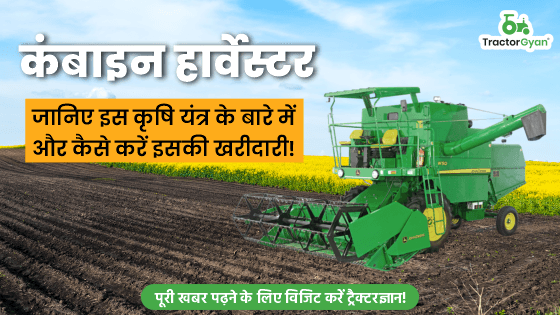


.webp&w=2048&q=75)
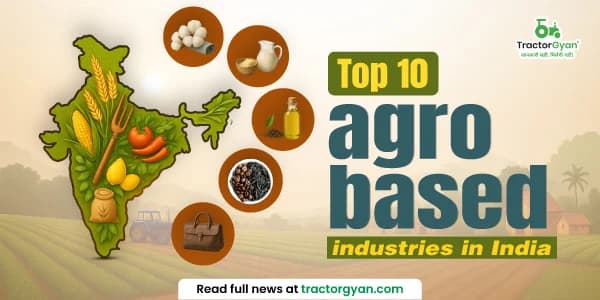
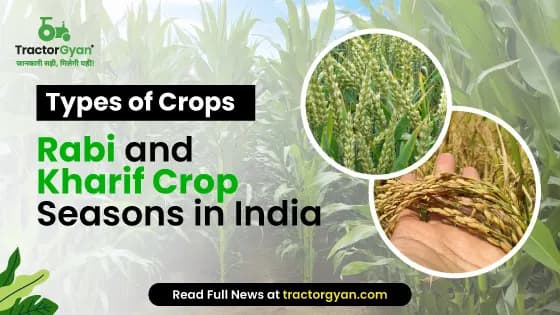
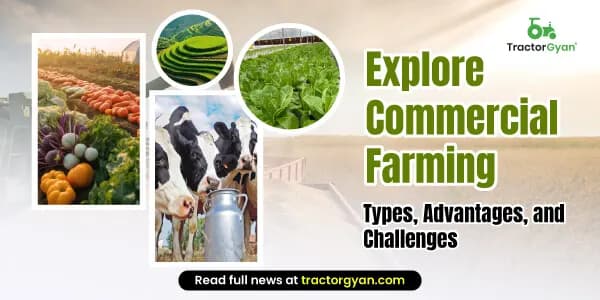
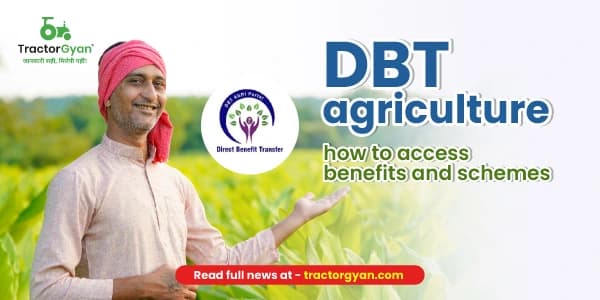
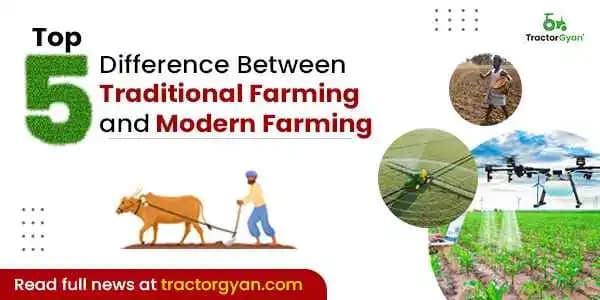




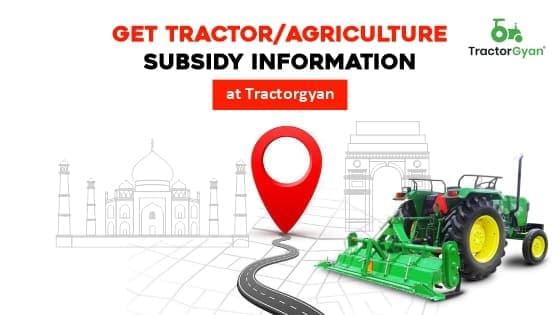
.webp&w=2048&q=75)
.webp&w=2048&q=75)



























